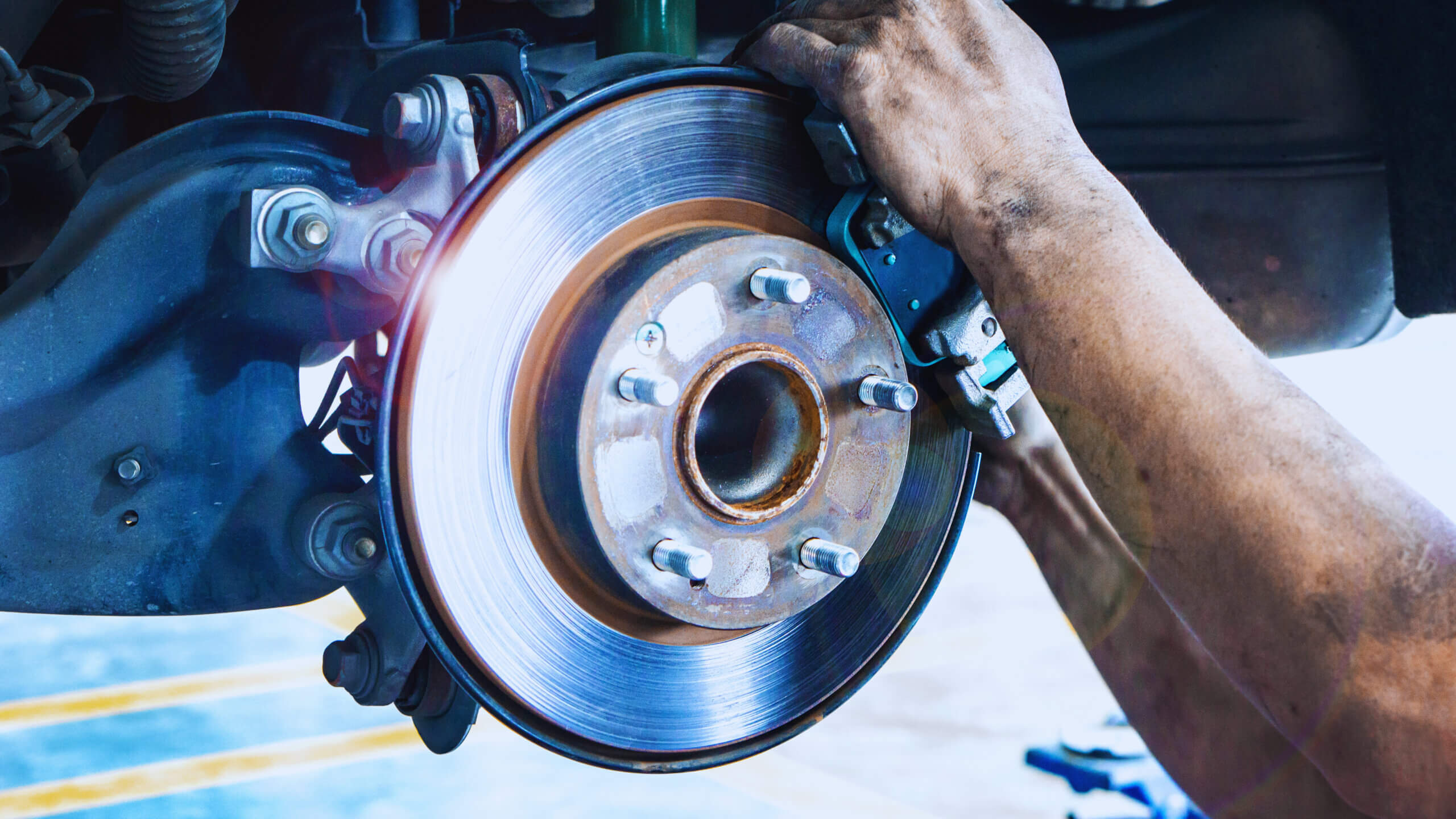Transitioning your fleet to electric vehicles (EVs) significantly reduces maintenance needs compared to traditional internal combustion engine (ICE) vehicles. In fact, EVs typically have up to 40% lower maintenance costs overall due to fewer moving parts. But fewer requirements don’t eliminate the necessity of regular upkeep—it’s essential to proactively manage your EV fleet to optimize reliability, efficiency, and lifespan.
EV Maintenance: Streamlined but Critical
While electric vehicles simplify maintenance, the following areas remain critical:
- Tires, Brakes, and Suspension: EV regenerative braking systems can reduce brake wear by as much as 30-50% compared to ICE vehicles. However, regular inspections remain vital to safety and performance. Tires should be rotated every 5,000-7,500 miles and checked monthly for optimal inflation, potentially improving efficiency by up to 3%.
- Fluids: Although EVs contain significantly fewer fluids, coolant used for battery thermal management requires periodic checks and replacement every 4-5 years or as recommended by manufacturers to maintain battery efficiency and longevity.
- Openings (Hood, Doors): Inspect and lubricate hinges and seals bi-annually. Proper maintenance can prevent costly repairs from weather-induced wear and prolong vehicle usability.
Learn more about EV versus ICE maintenance costs →
Battery Health: The Heart of EV Longevity
Your fleet’s battery is its most valuable component, typically constituting 30-50% of the vehicle’s cost. Ensuring proper battery maintenance is crucial:
- While integrated telematics systems can provide real-time insights into the state of battery health, conducting comprehensive diagnostics at least twice per year remains essential to validate data and detect issues early.
- Monitor battery capacity degradation, aiming to maintain charge levels between 20%-80%, significantly prolonging battery lifespan.
- Minimize rapid charging when possible to reduce battery stress, promoting a healthier battery capable of lasting up to and beyond 8-10 years.
Discover more about electric truck batteries →
Software Updates: Unlocking Efficiency and Reliability
EV performance is highly dependent on software, with regular updates significantly enhancing operational efficiency, safety, and reliability:
- Software updates can remotely enhance vehicle range, improve braking responsiveness, correct issues, and even unlock new features or functionality—such as extended range or improved charging efficiency.
- Most updates occur via over-the-air (OTA) technology, conveniently scheduled during non-operational hours.
- Comprehensive firmware updates, required occasionally, can necessitate service center visits. Ensure easy access to your local authorized EV service center to minimize downtime.
Charging Equipment Maintenance: Ensuring Consistent Performance
Consistent, reliable EV fleet operations depend heavily on well-maintained charging infrastructure. Poorly maintained charging stations can lead to operational disruptions, increased downtime, and lost revenue.
Regular maintenance should include:
- Electrical Inspections: Monthly checks for damaged or loose connections, mitigating risks of inefficiency or fire hazards. Regular electrical inspections can significantly reduce charging downtime by identifying loose connections, wear, and other early signs of failure before they cause disruption.
- Physical Integrity: Regularly inspect connectors and cables for cracks, fraying, or corrosion—issues commonly linked to prolonged downtime if left unchecked.
- Environmental Protection: Ensure enclosures are undamaged, weatherproof, and secure against water ingress, insects, and rodents, common sources of unexpected failures.
- Software & Firmware Management: Regular updates ensure seamless communication between chargers and vehicles, maintaining compatibility with evolving EV technology and safety compliance standards.
Best Practices: Keeping Your EV Fleet at Peak Performance
- Charging infrastructure is the backbone of EV operations—without it, your vehicles don’t move. Make regular charger maintenance a top priority.
- Schedule comprehensive quarterly inspections covering tires, brakes, suspension, battery, and charging equipment.
- Proactively utilize onboard diagnostics and vehicle mobile applications to stay ahead of potential maintenance issues.
- Regularly update software overnight to avoid impacting fleet availability.
- Develop clear protocols for fleet managers and drivers to follow when performing visual inspections of charging infrastructure.
By adopting a rigorous, data-informed maintenance routine, your fleet will experience fewer disruptions, greater operational efficiencies, and a maximized return on investment.

